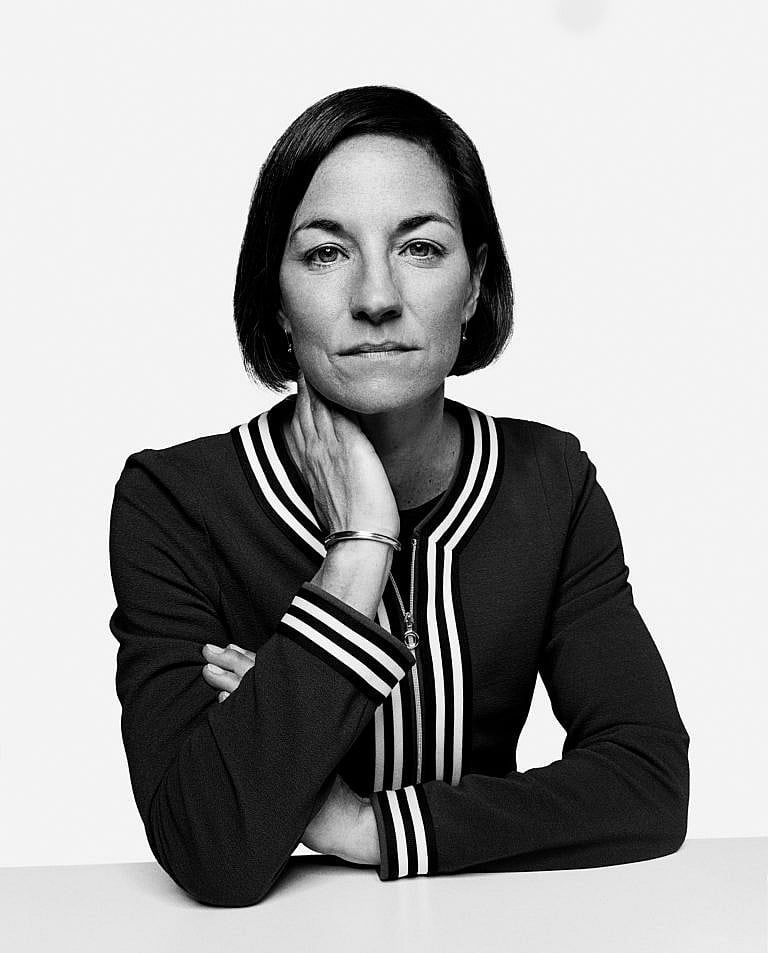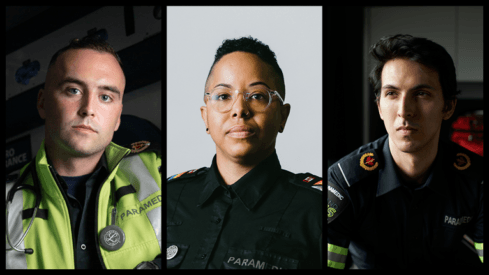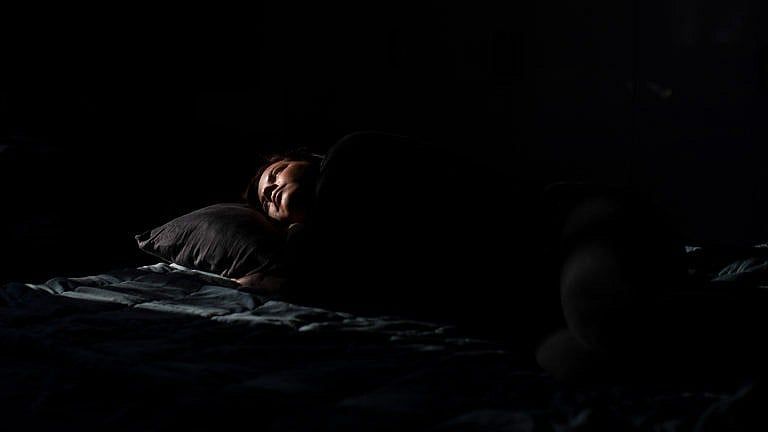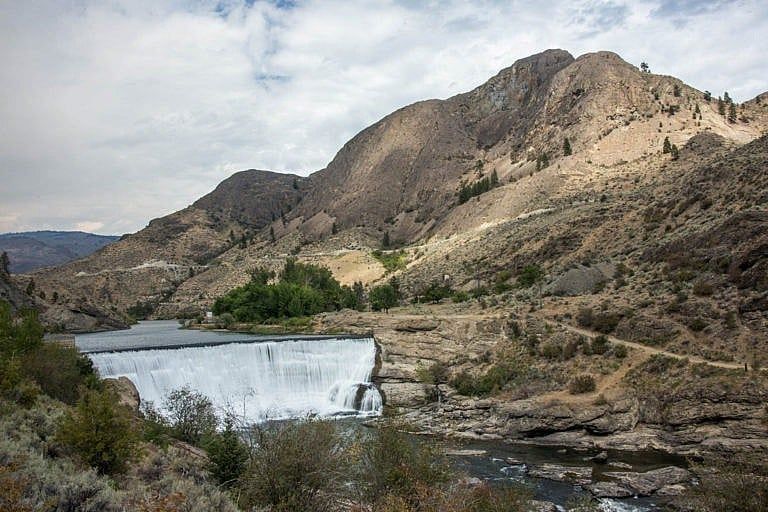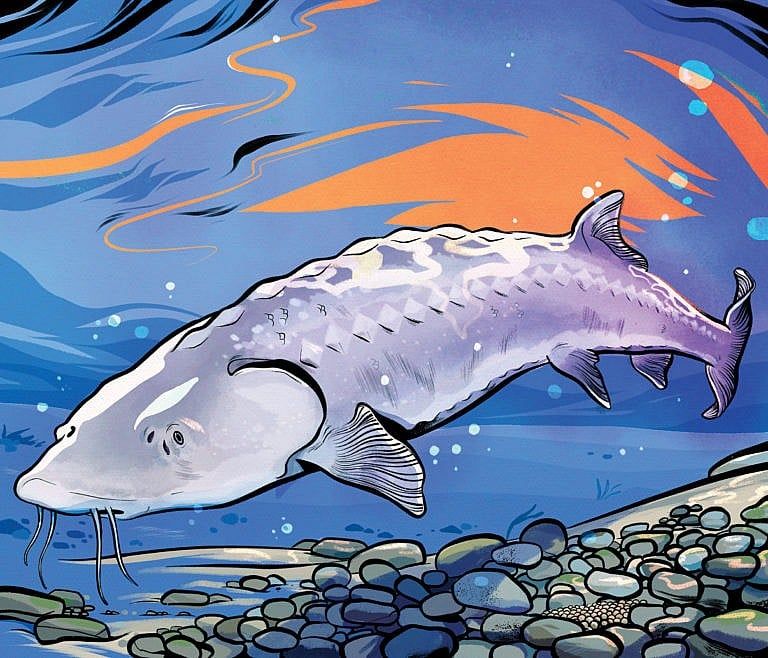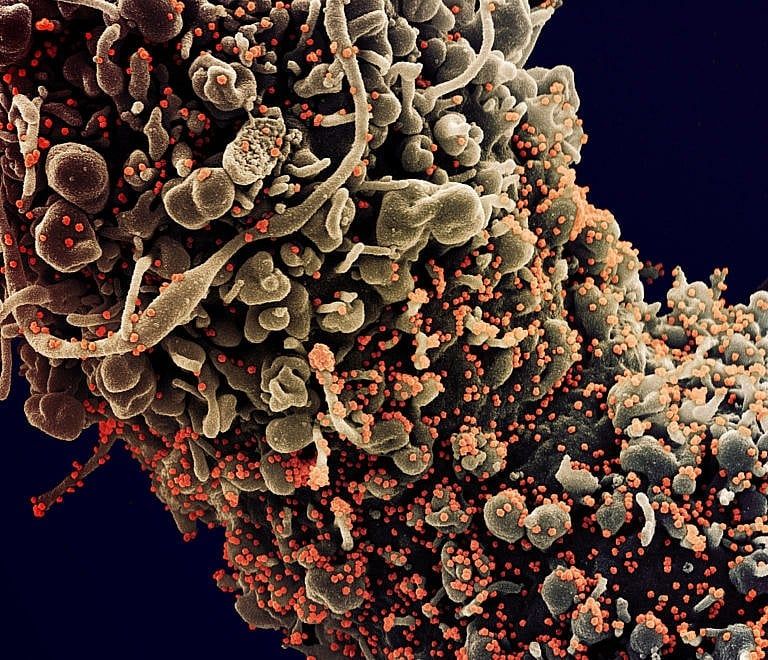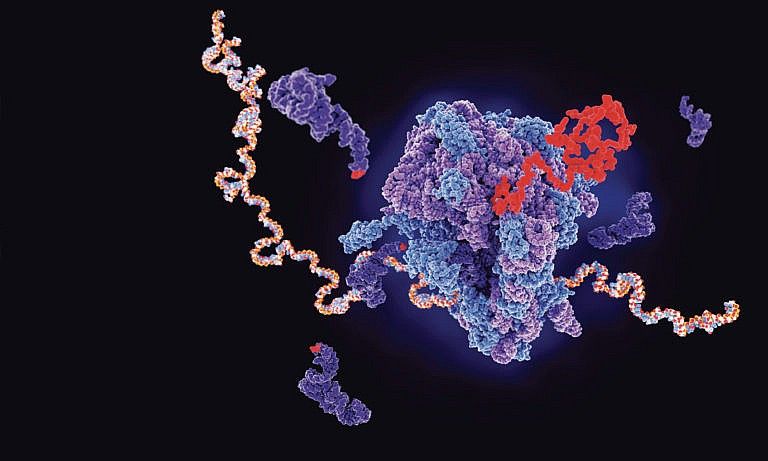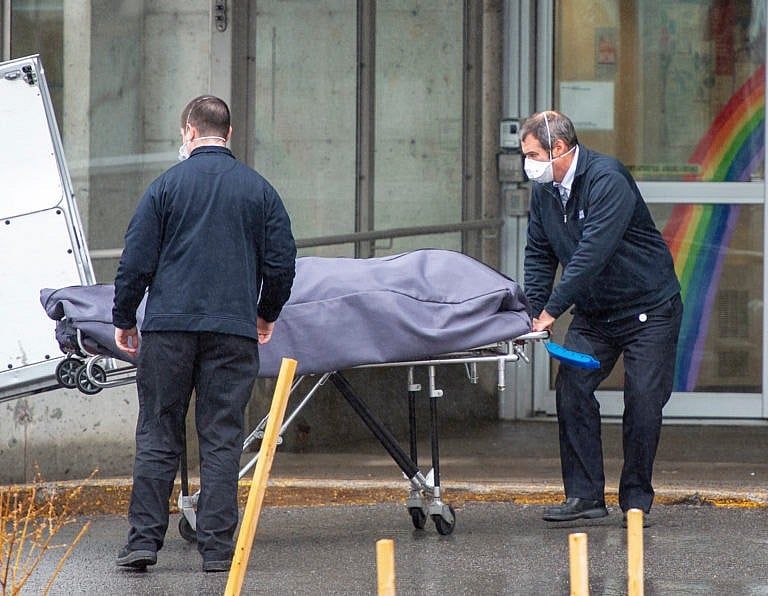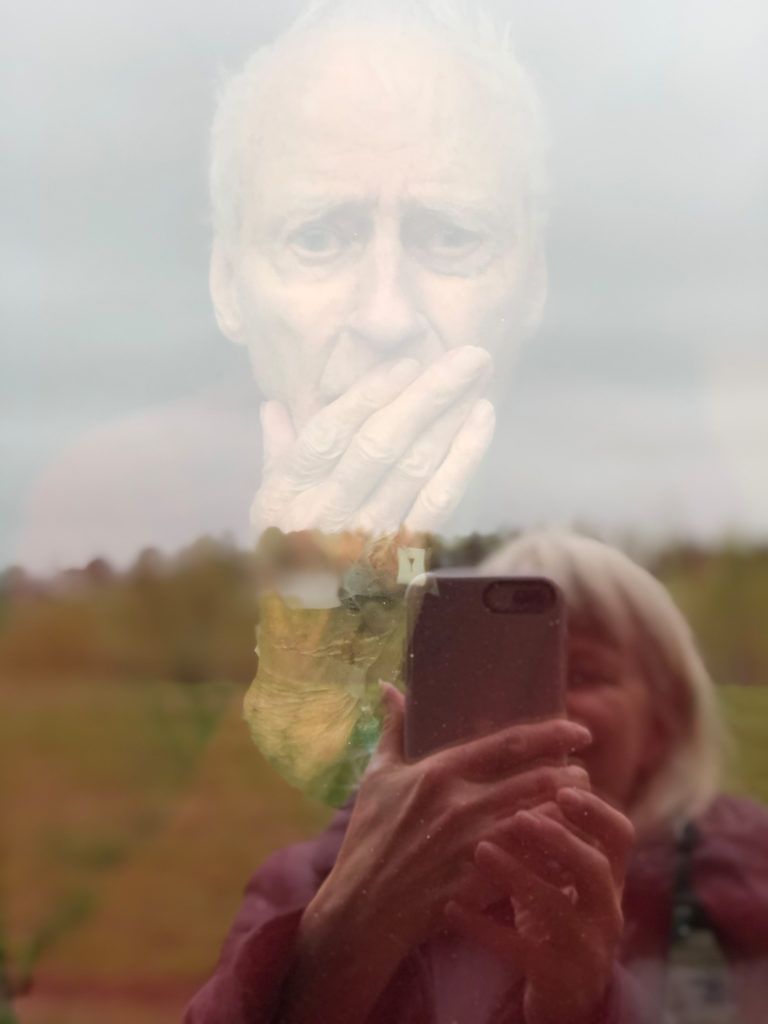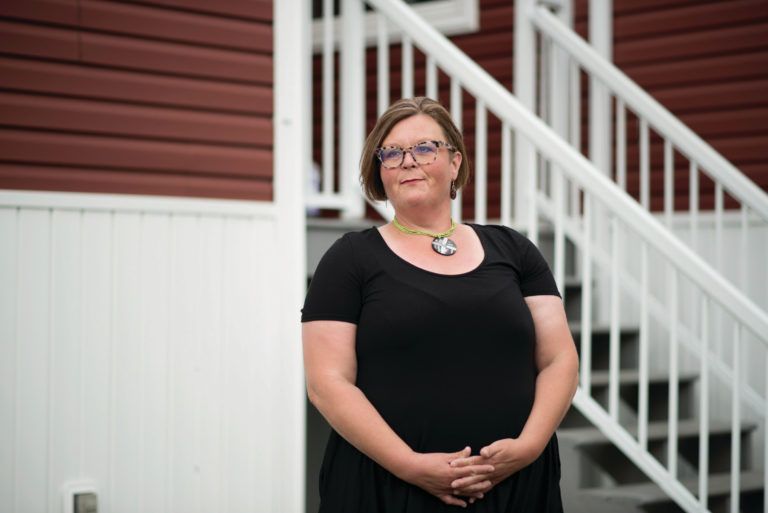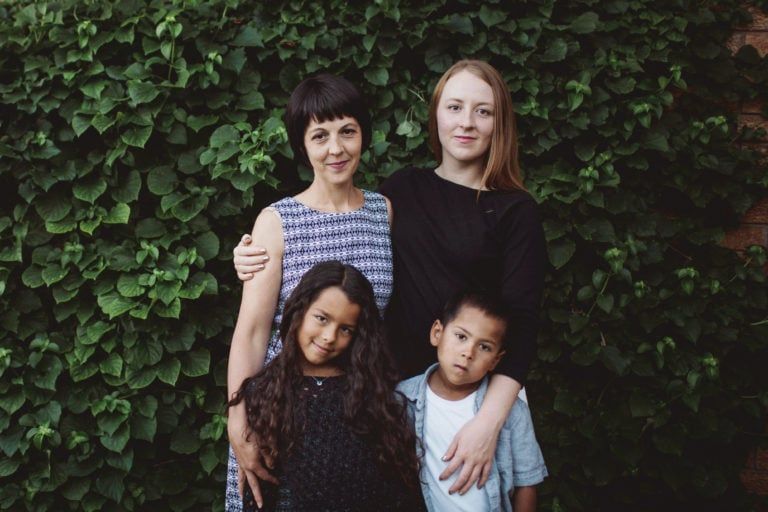Christina Frangou
Moderna’s Patricia Gauthier is preparing Canada for the next pandemic
The company’s first Canadian general manager is laying the groundwork for the country to become a leader in vaccine production
Canadian paramedics are in crisis
PTSD, burnout, and a pandemic. How COVID pushed the country’s overworked first responders into emergency territory
Chronic exhaustion, derailed lives and no way out. This is long COVID.
Up to half a million Canadians are suffering from debilitating symptoms of long COVID—and falling through the cracks of a depleted health-care system
An abandoned U.S. dam is blocking fish from B.C.’s Similkameen River—and key spawning ground
An abandoned dam in Washington state may be the only thing barring chinook and steelhead trout from the upper reaches of B.C.’s Similkameen River. If you tear it down, will they come?
Ts’eketi, the 100-year-old B.C. sturgeon that’s here to save her species
Deep in British Columbia’s Nechako River, the eggs of one ancient mama fish might be among the last hope for these endangered sturgeon
Inside the global race against COVID-19 mutations
Variants of SARS-CoV-2 arise through errors in the virus’s replication process. But some mistakes give the virus a deadly advantage.
Alone and afraid: Alberta’s third wave in photos
A Calgary physician captures COVID-19 in the ICU: trauma, heartbreak and immense love and resilience
Researchers looking for mRNA were ridiculed by colleagues. Luckily, that didn’t stop them.
Sixty years ago, the scientists who were pioneering the technology that would make today’s COVID-19 vaccines possible were mocked and dismissed
The year of the pandemic has busted the myth that Canada values its seniors
Decades of promises to improve the quality of life of elderly Canadians have gone unfulfilled. The COVID-19 pandemic has laid bare the ugly truth.
Strict COVID-19 protocols are leaving seniors lonely, depressed and wondering: Is it worth it?
The elderly and their families are being forced to choose between two extremes: complete protection from COVID or enjoying their time with people they love
Personal care workers describe what led them to their jobs
Many of these workers train in colleges, work in long-term care and in hospitals and are at the very front line of the Canadian health-care system
The pandemic has disrupted death and mourning in ways we don’t yet understand
The act of being present for a dying loved one can be an initial processing of grief, but often family members of coronavirus patients aren’t allowed visits until the very end. COVID-19 may be setting the stage for a ‘tsunami of grief.’
